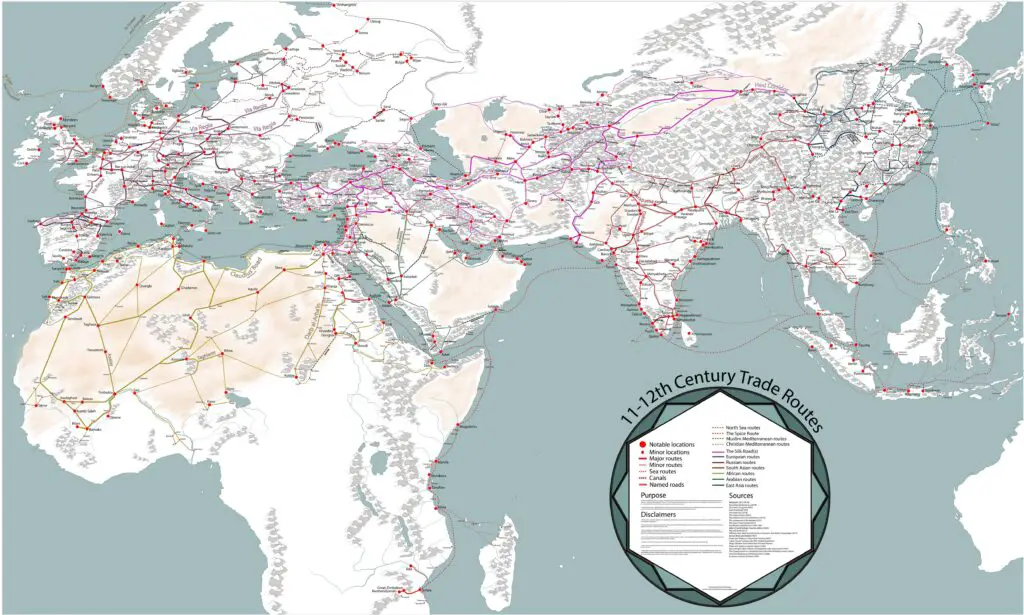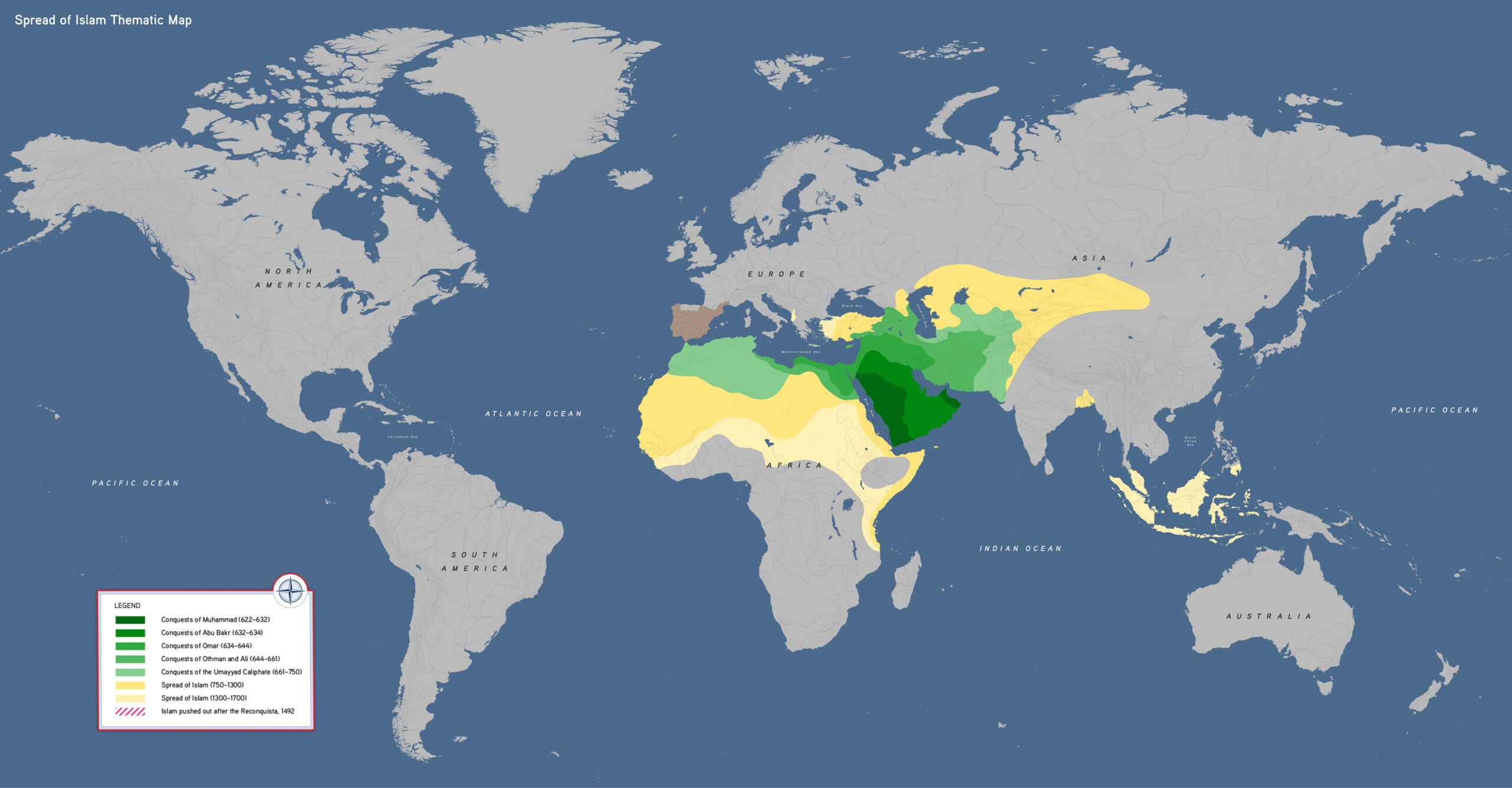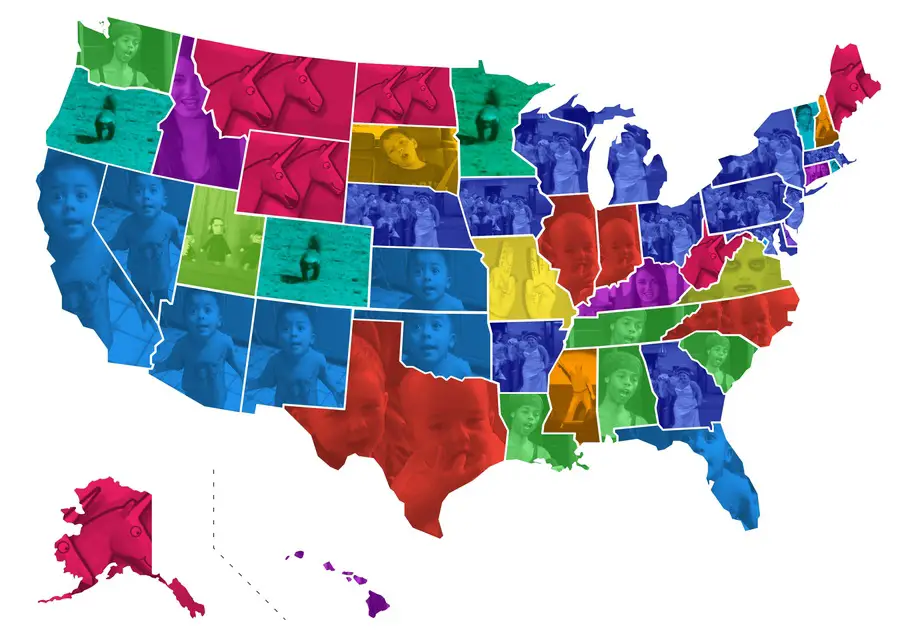Medieval Trade Networks
Medieval trade networks were a crucial aspect of the global economy during the Middle Ages, connecting different regions of the world and facilitating the exchange of goods, ideas, and culture.
The most popular and well-known medieval trade networks included:
The Silk Road was the most famous trade network of the medieval period, connecting China in the East to the Mediterranean world in the West. It facilitated the exchange of goods, such as silk, spices, precious metals, textiles, and ceramics. Alongside trade, the Silk Road also played a significant role in cultural exchanges, including the spread of religions like Buddhism, Islam, and Christianity, as well as technologies, art, and scientific knowledge.
The Indian Ocean trade network was a vast and bustling system that connected regions surrounding the Indian Ocean, including the Arabian Peninsula, the East African coast, India, Southeast Asia, and China. Valuable commodities like spices, textiles, precious gems, and ceramics were traded along these routes. Coastal cities and ports became hubs of commerce and cultural exchange.
The Trans-Saharan trade network connected North Africa, particularly the Islamic empires of the Maghreb and Sahel regions, with sub-Saharan Africa. Major commodities included gold, salt, ivory, and slaves. The cities of Timbuktu and Gao in West Africa played central roles in this trade.
The Hanseatic League in northern Europe was a powerful trading association of merchant guilds and market towns. It dominated trade in the Baltic and North Seas, facilitating the exchange of goods like timber, fish, grains, and furs. The league had a significant influence over trade in the region.
The Mediterranean Sea served as a major trade route connecting Europe, North Africa, and the Middle East. Cities like Venice, Genoa, and Alexandria were major trading centers. Goods such as textiles, spices, ceramics, and precious metals were exchanged, and the Mediterranean was a melting pot of cultures and trade networks.
The Baltic Sea was a vital trade route for northern Europe, linking the Hanseatic League with Scandinavia and Russia. Goods such as amber, fur, timber, and grains were traded. Cities like Novgorod in Russia and Lübeck in Germany were significant trading hubs.
Trade Routes of Central Asia interconnected various parts of Asia, including the Middle East, Central Asia, and the Indian subcontinent. They were instrumental in the spread of cultures, religions, and technologies. The Silk Routes of Central Asia were a crucial part of this network.
Below is the map of medieval trade networks created by Martin Hansson.

These popular medieval trade networks facilitated not only the exchange of goods but also the flow of ideas, culture, and technologies. They contributed to economic growth, urbanization, and the development of a globalized world during the medieval period.
Want to learn more about medieval trade networks? Then have a look at:








